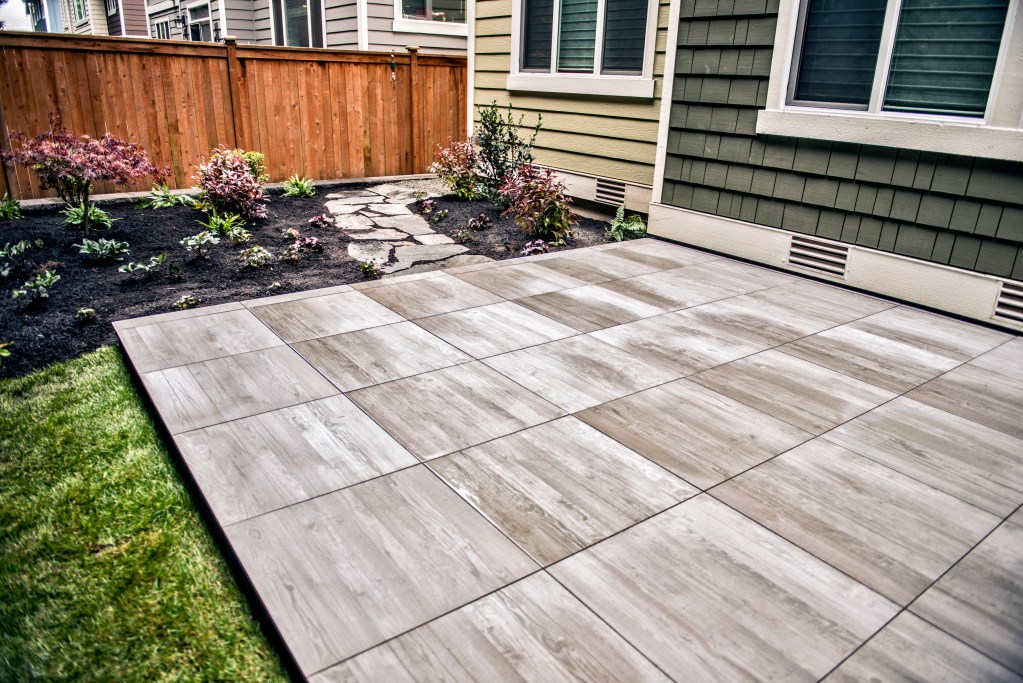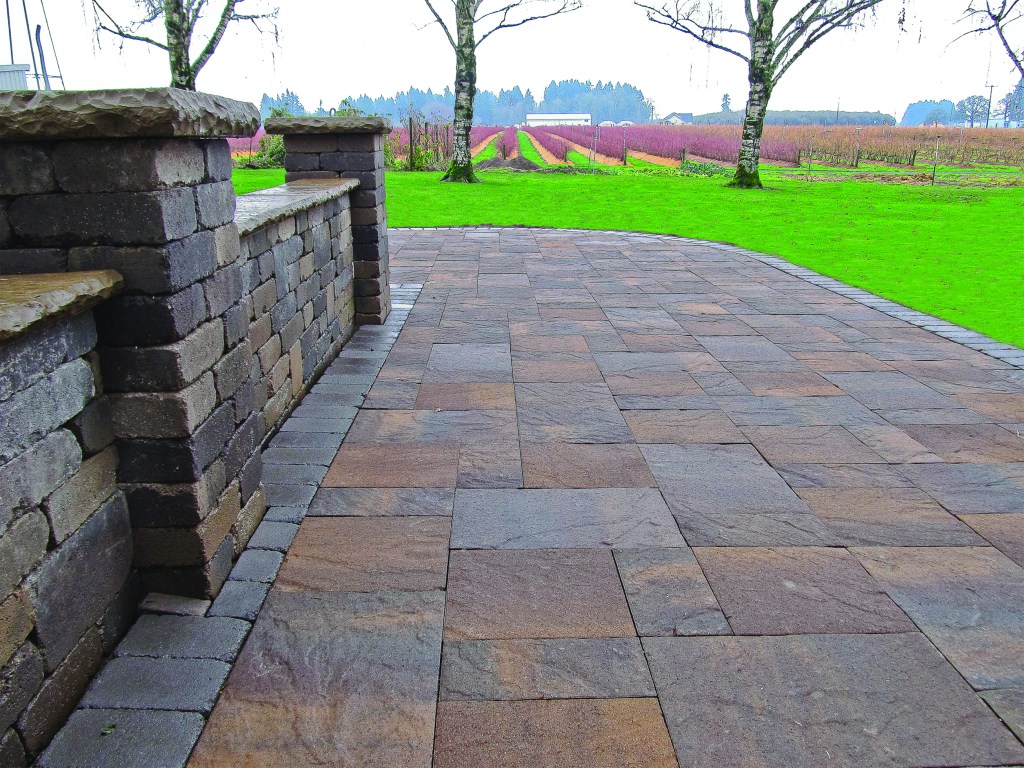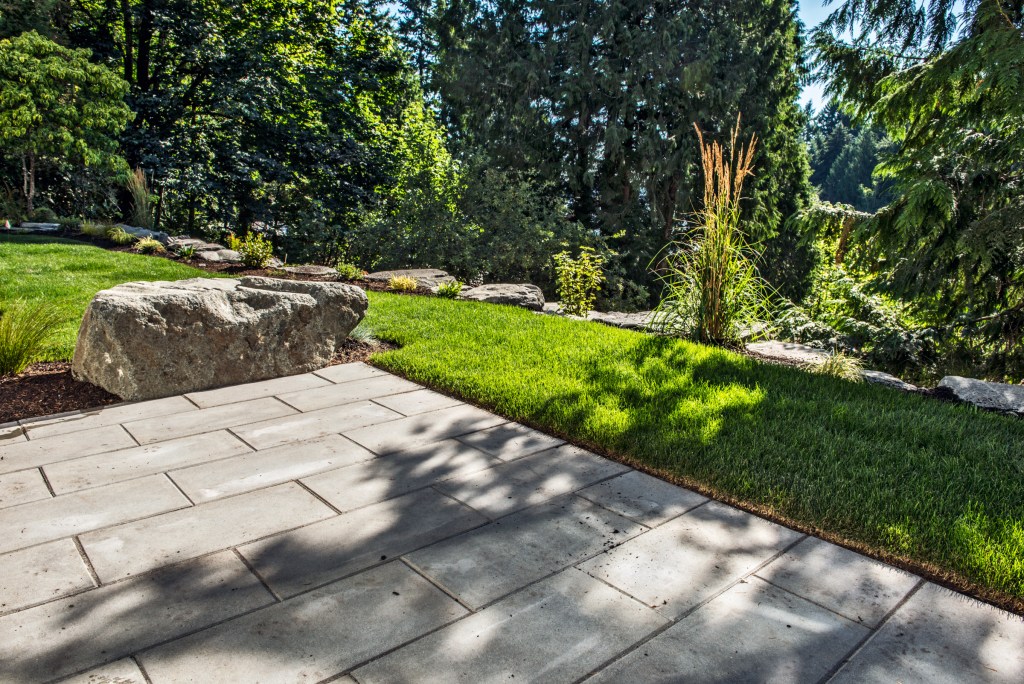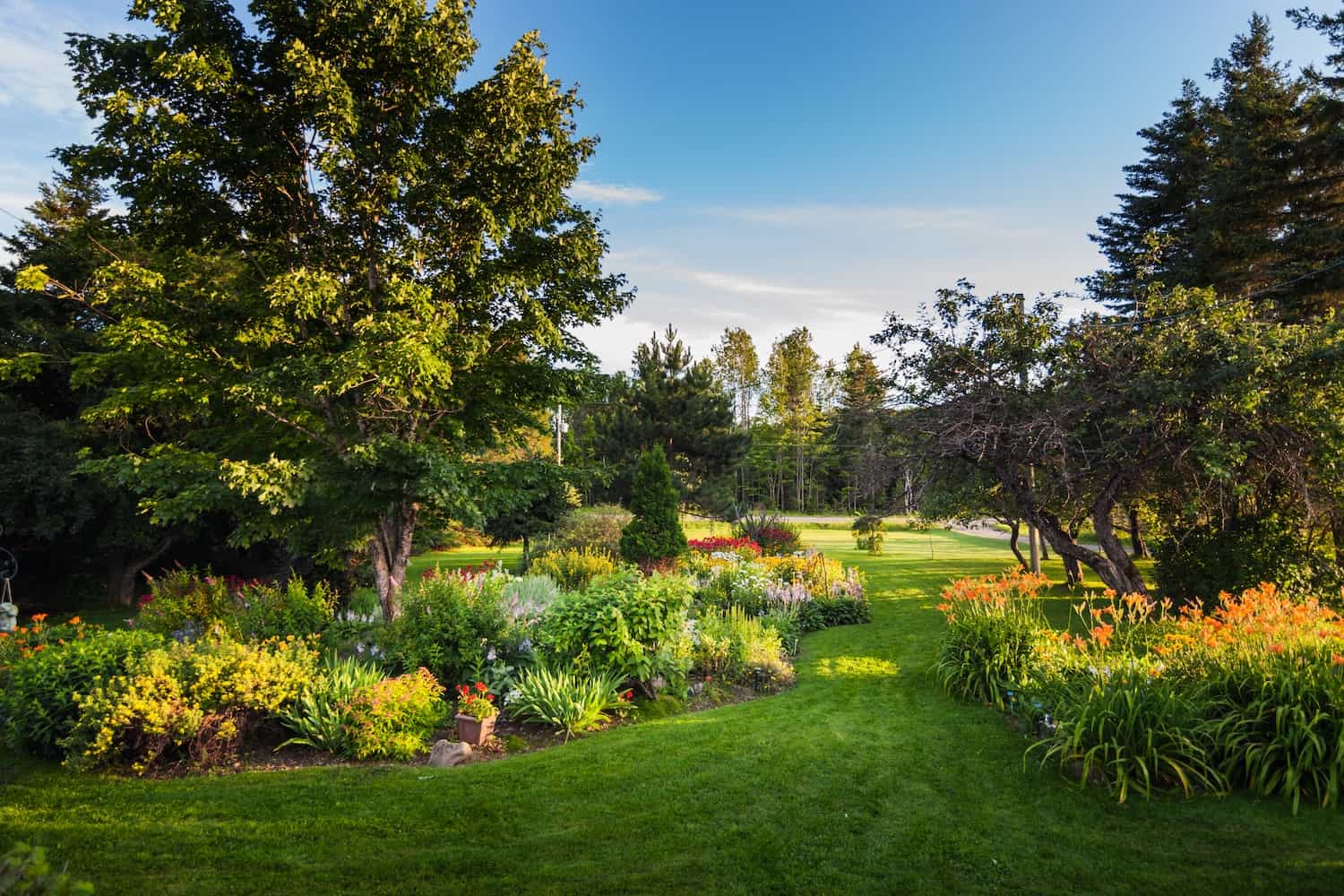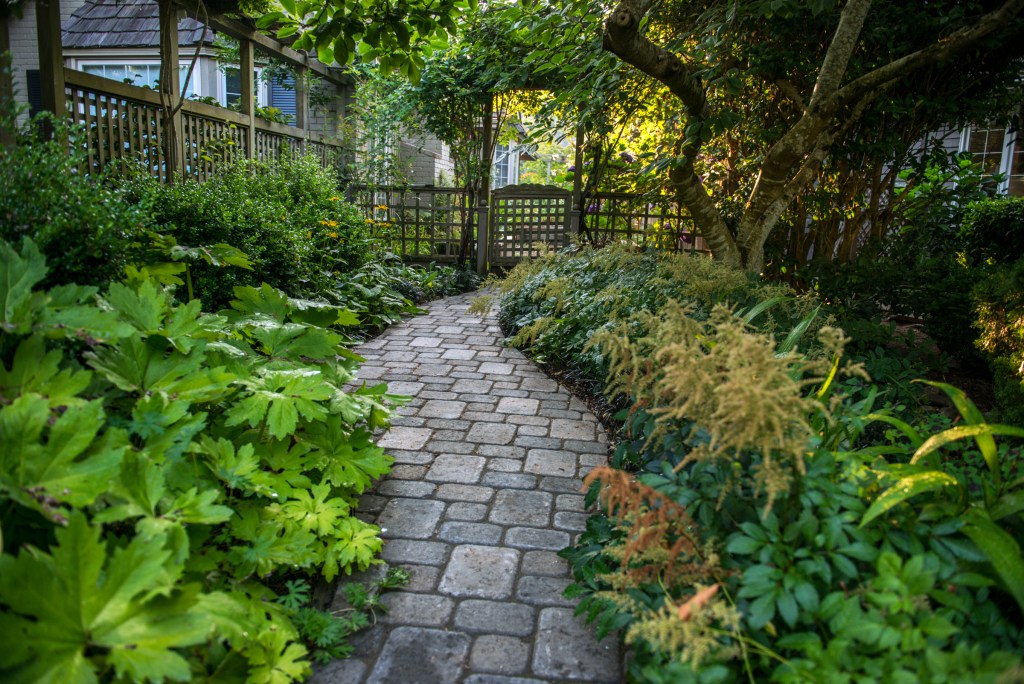Hi there, this is Mr. Lee from Lee’s General Landscaping. One thing I’ve learned from working on Seattle lawns for over 30 years is that every season brings its own set of challenges—and opportunities. By adjusting your lawn care routine as the weather changes, you can keep your grass looking green and healthy all year long. Here’s a simple, season-by-season guide tailored to our Pacific Northwest climate.
Spring: Helping Your Lawn Bounce Back
After a chilly, wet Seattle winter, your lawn is ready for a fresh start.
Dethatching:
Use a rake or a dethatcher to remove thatch (the layer of dead grass and organic debris). Getting rid of this “clutter” helps air, water, and nutrients reach the soil.
Fertilizing:
A balanced, slow-release fertilizer in early spring gives your grass the nutrition it needs to start growing strong.
Reseeding Bare Spots:
If winter left some thin or patchy areas, sprinkle grass seed over those spots and keep them lightly watered. Stick to the same seed type you already have for a uniform look.
Weed Prevention:
Apply a pre-emergent herbicide to stop weeds from sprouting as temperatures rise. It’s easier to prevent weeds now than to battle them later.
Summer: Beat the Heat and Stay Green
Our Seattle summers can be mild, but we still have dry spells that put stress on your lawn.
Smart Watering:
Give your lawn about 1 to 1.5 inches of water each week. Water deeply but less often, and do it early in the morning to reduce evaporation. This encourages deeper roots and saves on your water bill.
Mowing High:
Raise that mower blade! Leaving the grass a bit taller helps it hold onto moisture and crowd out weeds.
Heat Stress Care:
Avoid fertilizing during the hottest weeks—it can stress your lawn. Also, try to limit heavy foot traffic on stressed areas to prevent damage.
Fall: Strengthen for the Cooler Months Ahead
Fall in the Pacific Northwest is perfect for helping your lawn recover from summer and get ready for winter.
Overseeding:
Add new seed to thicken your lawn and fill in any bare patches. Cool-season grasses thrive this time of year.
Aeration:
Use a core aerator to pull out small plugs of soil. This relieves compaction, lets air and nutrients reach the roots, and sets the stage for a healthier lawn next spring.
Fertilizing:
Apply a slow-release fertilizer with extra potassium to help strengthen the roots. Strong roots mean your lawn can handle winter’s cold and come back vibrant in spring.
Winter: Protect What You’ve Built
Seattle winters are usually mild, but that doesn’t mean your lawn is off the hook.
Snow Mold Prevention:
Rake up leaves and debris before the cold sets in. Damp, decaying leaves under snow can create perfect conditions for snow mold.
Salt Watch:
If we get ice, go easy on salt near your lawn. Salt can harm your grass. Consider using sand or more lawn-friendly ice melt options instead.
Gentle Foot Traffic:
Try not to walk on frozen grass. It can break easily and lead to damage that’s visible when spring arrives.
Year-Round Success
By giving your lawn what it needs at the right times, you can enjoy a lush, green yard that shines in every season. If you have any questions or need help with your seasonal lawn care tasks, give me a call at Lee’s General Landscaping. I’m here to help make sure your Seattle lawn looks its best, no matter what the weather brings!









